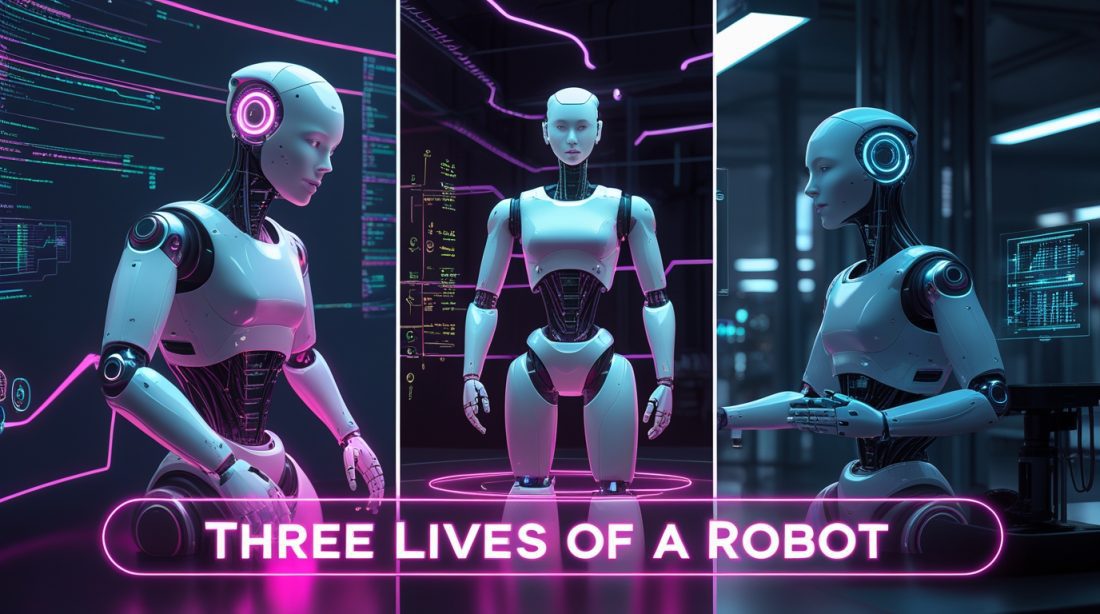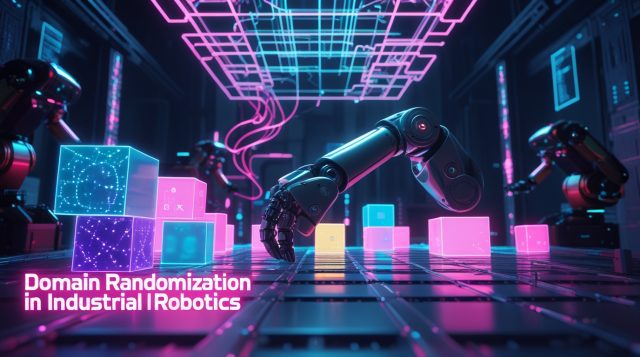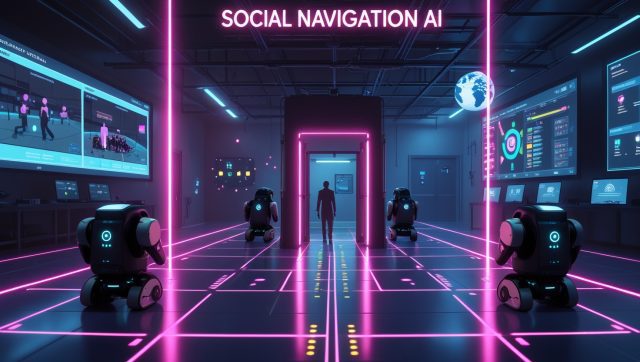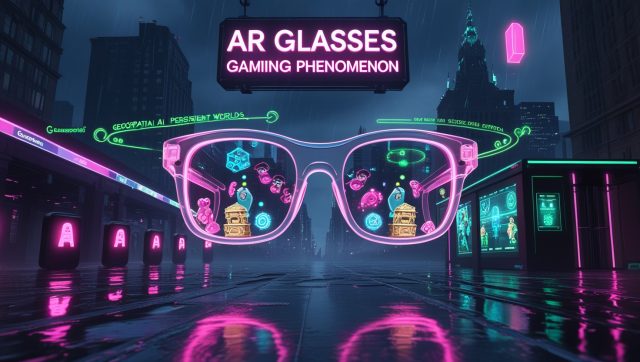Fast Facts:
Cogito Tech’s “Three Lives of a Robot” framework represents a fundamental shift in industrial robotics, viewing robots not as static tools but as evolving systems that progress through three distinct lifecycle stages: simulated training, real-world deployment, and continuous adaptation. This approach directly addresses critical AI adoption barriers—safety, data scarcity, and integration costs—making it essential for manufacturing, logistics, and supply chain operations seeking scalable AI implementation.
The Three-Stage Lifecycle of Industrial Robotics
The industrial robotics AI lifecycle represents a radical departure from traditional automation. Where factories once purchased robots as finished products, programmed for specific tasks, they can now nurture adaptive robotic systems that evolve through distinct developmental phases. This framework, pioneered by Cogito Tech, reimagines industrial robots as learning entities with three consecutive lives: first in simulation, then in controlled real-world environments, and finally as continuously adapting partners in dynamic industrial settings.
The timing for this approach couldn’t be more critical. According to Deloitte’s 2025 AI trends analysis, organizations are accelerating adoption of advanced AI, yet the path forward “is marked by both opportunity and complexity” . Traditional robotics implementation often hits walls when facing unexpected variables—a manufacturing robot might perfectly assemble components in testing but fail when lighting changes or when presented with slightly irregular parts. The Three Lives framework systematically addresses these transition points, creating robots that bridge what Cogito Tech identifies as “sim-to-real gaps” that plague conventional implementations .
The First Life: Why Perfecting Robots in Simulation Matters
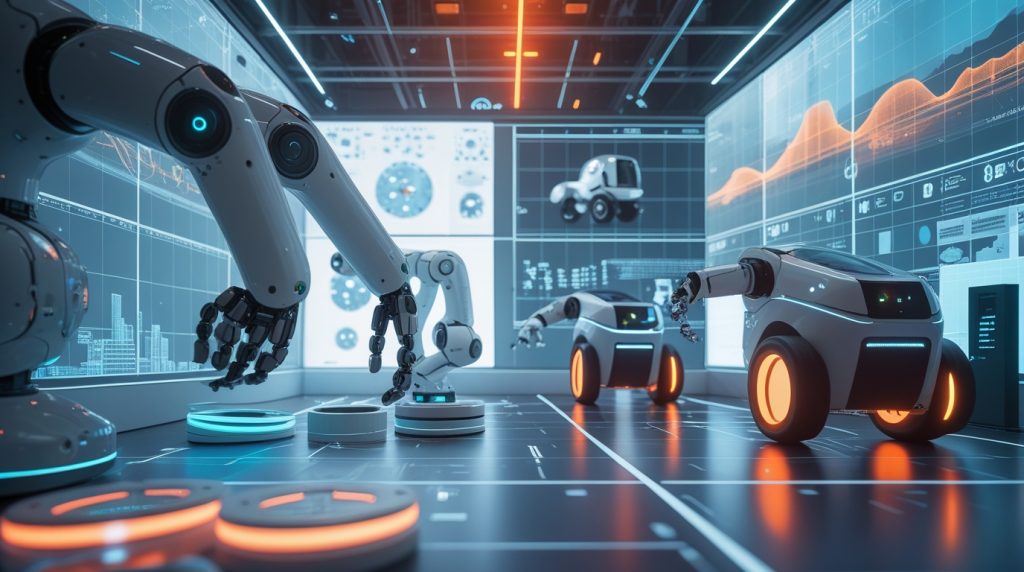
The first life of robotics AI begins not on the factory floor, but in meticulously crafted digital environments. During this initial phase, robots undergo intensive training through simulation and synthetic data generation—what Cogito Tech describes as producing “huge amounts of labeled data in virtual environments that mimic real-world physics and visuals” . This simulated approach solves one of the most persistent challenges in industrial AI: acquiring sufficient training data without physical robots or equipment.
Consider the alternative: training a robotic arm to detect defects in manufactured components would require thousands of examples of both perfect and flawed items—a practical impossibility for factories with high-quality standards. Simulation bypasses this constraint by generating limitless variations of defects, lighting conditions, and material appearances. As one robotics team discovered, “By training in simulation first, robots can learn safely and cost-effectively before being tested in the real world” .
The business case for this simulated first life extends beyond mere cost reduction. A global logistics provider profiled in Deloitte’s research uses autonomous AI agents that “negotiate delivery routes, dynamically responding to weather-related delays and supply chain bottlenecks” . Such complex decision-making requires exposure to countless scenarios—most efficiently generated through simulation. This approach directly addresses what Deloitte identifies as a top AI adoption challenge: “integrating with legacy systems and addressing risk and compliance concerns” by allowing robots to learn without disrupting existing operations.
The Second Life: How Robots Transition From Virtual to Physical
The second life of industrial robots represents perhaps the most critical transition: from digital proficiency to physical operation. Here, robots leave their perfect simulated environments and enter what Cogito Tech terms “real-world conditions” , where they encounter the unpredictable nature of actual industrial settings. This phase leverages human-guided learning techniques, including demonstration and imitation learning, where robots “learn skills by watching and copying a human trainer” .
During this transitional phase, human expertise becomes invaluable through approaches like teleoperation and kinesthetic teaching. An industrial operator might physically guide a robot’s arm through complex assembly sequences while the system records these “state-action pairs—what it senses in the environment and the exact action the trainer took at that moment” . This human-robot knowledge transfer creates what the Forbes article on robotics describes as “generalist partners” that “can adapt, learn, and collaborate across tasks and industries” .
This second life directly tackles what Deloitte identifies as a fundamental adoption challenge: workforce skills and readiness . Rather than replacing human workers, robots during this phase learn from them, acquiring nuanced skills that would be impossible to program through traditional methods. As Fictiv’s CEO observes in Forbes, “We are no longer asking, ‘What can robots replace?’ We are instead exploring, ‘How can robots augment, adapt, and partner with humans to solve our toughest problems?'”
The Third Life: Why Continuous Adaptation Separates Advanced Robotics From Basic Automation
The third life of robotics AI represents the culmination of the framework: creating systems capable of ongoing learning and adaptation in real-world environments. Unlike traditional automation that performs fixed repetitive tasks, these third-life robots continuously refine their performance through what Cogito Tech describes as “Reinforcement Learning from Human Feedback (RLHF)” , where human experts rank or compare different attempts to help the robot refine its approach.
This continuous learning capability transforms the economic equation for industrial robotics. Where a traditional robot might become obsolete when production needs change, a third-life robot can adapt to new tasks, materials, and environments. This addresses what Stack AI identifies as one of the biggest adoption challenges: “Integration with Legacy Systems” , since adaptable robots can work within existing infrastructure rather than requiring complete overhaul.
The competitive advantage becomes undeniable in sectors like manufacturing and logistics. According to Deloitte’s analysis, “Physical AI will no longer be considered experimental. It will be an essential part of frontline operations in industries where safety, scale and human-AI collaboration can deliver measurable economic advantage” . This third life embodies that transition—from experimental technology to essential infrastructure that grows more capable over time.
Industrial Implications: How This Framework Transforms Manufacturing, Logistics and Supply Chains
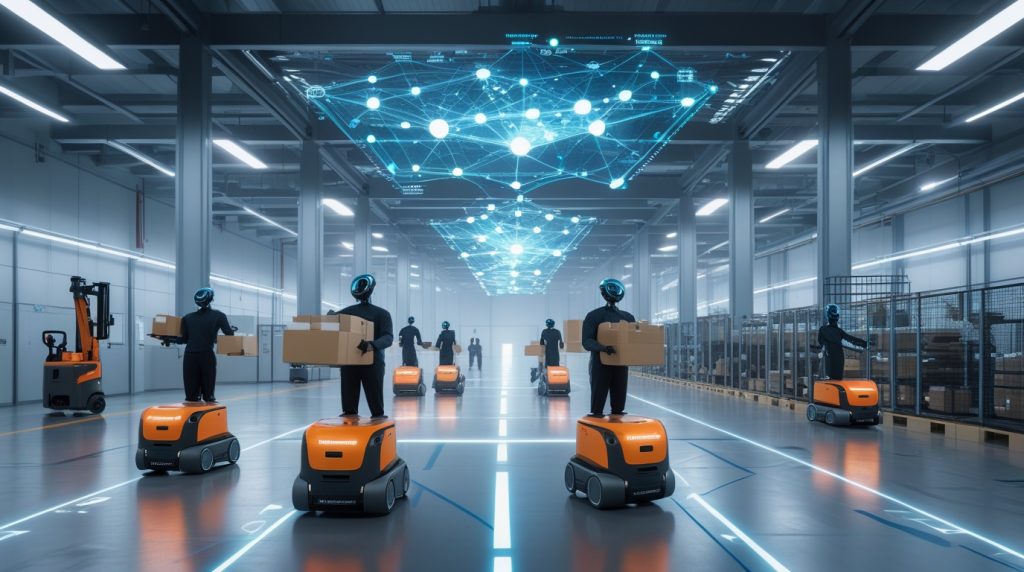
The Three Lives framework offers particular value for manufacturing optimization, where it enables what Deloitte identifies as “physical AI” gaining traction “for manufacturing, logistics and agriculture” . In practice, this means robots that can master complex tasks like quality control and predictive maintenance through their simulated training, safely integrate into production environments during their second life, and continuously optimize operations through their adaptive third life.
The framework proves especially valuable in logistics and warehousing, where autonomous mobile robots (AMRs) must navigate dynamic environments alongside human workers. According to Cogito Tech, these AI-powered systems “autonomously navigate through obstacles and adjust their routes in real time”, a capability developed across all three layers of the framework. The result is what Forbes describes as “fleets of mobile robots coordinating like dancers, avoiding bottlenecks while accelerating fulfillment”.
Table: The Three Lives Framework Across Industrial Sectors
| Industrial Sector | First Life (Simulation) | Second Life (Transition) | Third Life (Adaptation) |
|---|---|---|---|
| Manufacturing | Virtual assembly line optimization | Human-guided precision tasks | Continuous quality improvement |
| Logistics | Warehouse layout simulation | Supervised navigation alongside workers | Dynamic route optimization |
| Supply Chain | Disruption scenario modeling | Assisted loading/unloading | Predictive bottleneck identification |
Implementation Challenges: Data, Workforce and Integration Barriers
Despite its promise, implementing the Three Lives framework faces significant hurdles. Stack AI identifies “Data Quality and Bias” as a primary challenge, noting that “poor-quality or biased data leads to unreliable AI outputs and erodes trust” . For robotics, this means simulated environments must accurately reflect real-world conditions, or robots will struggle during their transition to second-life deployment.
Workforce readiness represents another critical barrier. Deloitte’s research found that 35% of AI leaders cite “infrastructure integration” as their most significant challenge with physical AI, while 26% point to “workforce skills and readiness” . The Three Lives framework addresses this through what Cogito Tech describes as “human-in-the-loop labeling [that] transforms messy multimodal data into expert-aligned actions” , essentially creating collaboration protocols between humans and robots across all three lifecycle stages.
Perhaps the most persistent challenge lies in the transition points between lives. Robots that excel in simulation may falter when facing real-world variables—a phenomenon Cogito Tech identifies as “sim-to-real gaps” . Their approach uses “digital-twin feedback” and “live corrections” to smooth these transitions, but organizations must budget for these integration phases when implementing the framework.
The Future of Industrial Robotics: From Specialist Tools to Generalist Partners
Looking forward, the Three Lives framework aligns with what Forbes identifies as “a tectonic shift” in robotics: “The convergence of AI foundation models, humanoid hardware, distributed supply chains, and advanced manufacturing platforms is transforming robots from specialized tools into generalist partners” . This transition from single-purpose automation to adaptable collaboration represents the ultimate expression of the third life concept.
The framework also supports the emergence of what Deloitte terms “agentic AI systems” that hold “significant transformative potential with their abilities to adapt to changing environments, make complex decisions, and collaborate with humans and other agents” . As these systems progress through their three lives, they become increasingly capable of handling the uncertainty that characterizes real industrial environments beyond controlled factory settings.
For industrial operations, this evolution means rethinking robotics not as capital expenditures with fixed capabilities, but as learning systems whose value grows over time. As one robotics executive observes in Forbes, “The coming decade will not be defined by robots replacing humans, but by humans and robots collaborating side by side” . The Three Lives framework provides the structured approach needed to realize this collaborative future at scale.
The Path Forward for Industrial Robotics
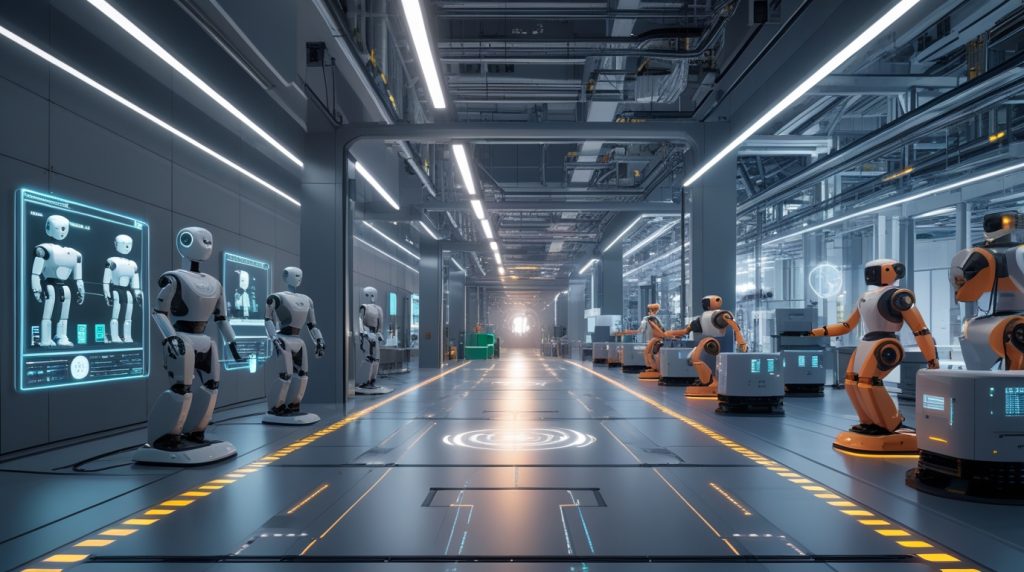
Cogito Tech’s Three Lives framework offers more than just a technical roadmap—it represents a fundamental shift in how industries approach automation. By viewing robots as evolving systems rather than static tools, organizations can navigate the complex journey from experimental AI to production-ready partners. This approach directly addresses the most pressing adoption barriers identified in 2025 research: data quality, workforce readiness, and system integration.
For industrial leaders, the imperative is clear: the future belongs not to those who simply purchase robots, but to those who cultivate them through their complete lifecycle. As Deloitte’s findings emphasize, “Successfully adopting agentic, physical, and sovereign AI requires more than technological investment. It demands a holistic strategy that addresses integration, governance, compliance, and workforce readiness” . The Three Lives framework provides precisely this strategic holistic approach.
The transformation is already underway. From manufacturing floors to logistics hubs, robots are progressing through their simulated childhoods, apprenticed adolescences, and eventually toward mature adaptation alongside human colleagues. The companies that embrace this developmental approach today will lead their industries tomorrow.
Frequently Asked Questions (FAQ)
What is the “Three Lives of a Robot” framework?
Cogito Tech’s “Three Lives of a Robot” is a developmental framework for industrial robotics that views robots as evolving through three distinct stages: simulated training (first life), real-world deployment with human guidance (second life), and continuous adaptation through learning (third life) .
How does this framework address sim-to-real transition challenges?
What industries benefit most from this approach?
How does this framework impact workforce requirements?
Further reading
- Why domain randomization is the secret weapon behind resilient industrial robotics
- How robotics simulation is replacing physical prototyping in industrial AI
- Sim-to-game-to-real: the hidden shift in robotics training
- How MIT is scaling robot training data with generative AI
- Industrial AI safety compliance in robotics: what 2025 demands
Stay Updated on Industrial AI Trends
Subscribe to our newsletter for monthly insights on robotics frameworks, AI implementation strategies, and industry-specific automation approaches.
